Multi Mythical and symbols of the tribe YORUBA Etsy in 2020 African

Symbols are powerful tools in my work because of their ability to tell stories, transcending language and cultural differences, and communicate our interconnected and common humanity. As in Yoruba art, birds often appear in my art. They have many meanings for me. They signify power, insight, virtue and wisdom.
Pin em Artesanato

Yemaya married her brother, Aganyu and they had a son together, whom they named Orungan. Yemaya was known by many names including Yemalla, Yemoja, Yemaja, Yemalia and Iemanja. Her name, when translated means 'the Mother Whose Children are Fish' and this could have two meanings. She had innumerable children.
Yoruba Language, ghana, Colloquial, Yoruba people, Adinkra symbols

Significance of Traditional Yoruba Colours and Values Colours have rich meanings in Yoruba culture as well as all the symbols and motifs. These colours replicate a variety of meanings in their spoken, visual language and religion. For Fadipe (1970), the traditional Yoruba colour spectrum consists of the three primary
. Adrinka Symbols, Symbols And Meanings, Ancient Symbols, Fashion

The Iroko tree, scientifically known as Chlorophora excelsa, is a magnificent and towering tree that belongs to the family Moraceae. It is renowned for its impressive size, with heights reaching up to 50 meters and a circumference of about 10 meters. The tree possesses a straight, cylindrical trunk that supports a large, spreading crown.
Pin em AFRO ARTWORK

The Yoruba religion is constituted by a conglomerate of beliefs, primarily from the territory comprising modern-day Nigeria, Ghana, Togo, and Benin. The Yoruba faith and several other religions that derived from it are also popular in many Caribbean and South American countries. The Yoruba people believe that there is a Supreme God, called Oludumare, and that he governs the Earth through a.
Yoruba People, Pattern Meaning, African Textiles, African Patterns

Ogun - the god of iron, is fond of snails, tortoises, dogs, and rams. Esu - the trickster Yoruba deity, accepts black fowls. Sango - the god of thunder, accepts rams. Osanyin - the god of herbal medicine, is fond of tortoises. Animal sacrifices are also used when a hunter dies.
Tenture Murale Meaning English

Yoruba symbols and meanings are used to express beliefs, values, and concepts that are central to the Yoruba way of life. Yoruba mythology is a complex system of beliefs that revolves around a pantheon of deities known as Orishas.
Yoruba Ibori (Symbol of the Inner Head), Nigeria
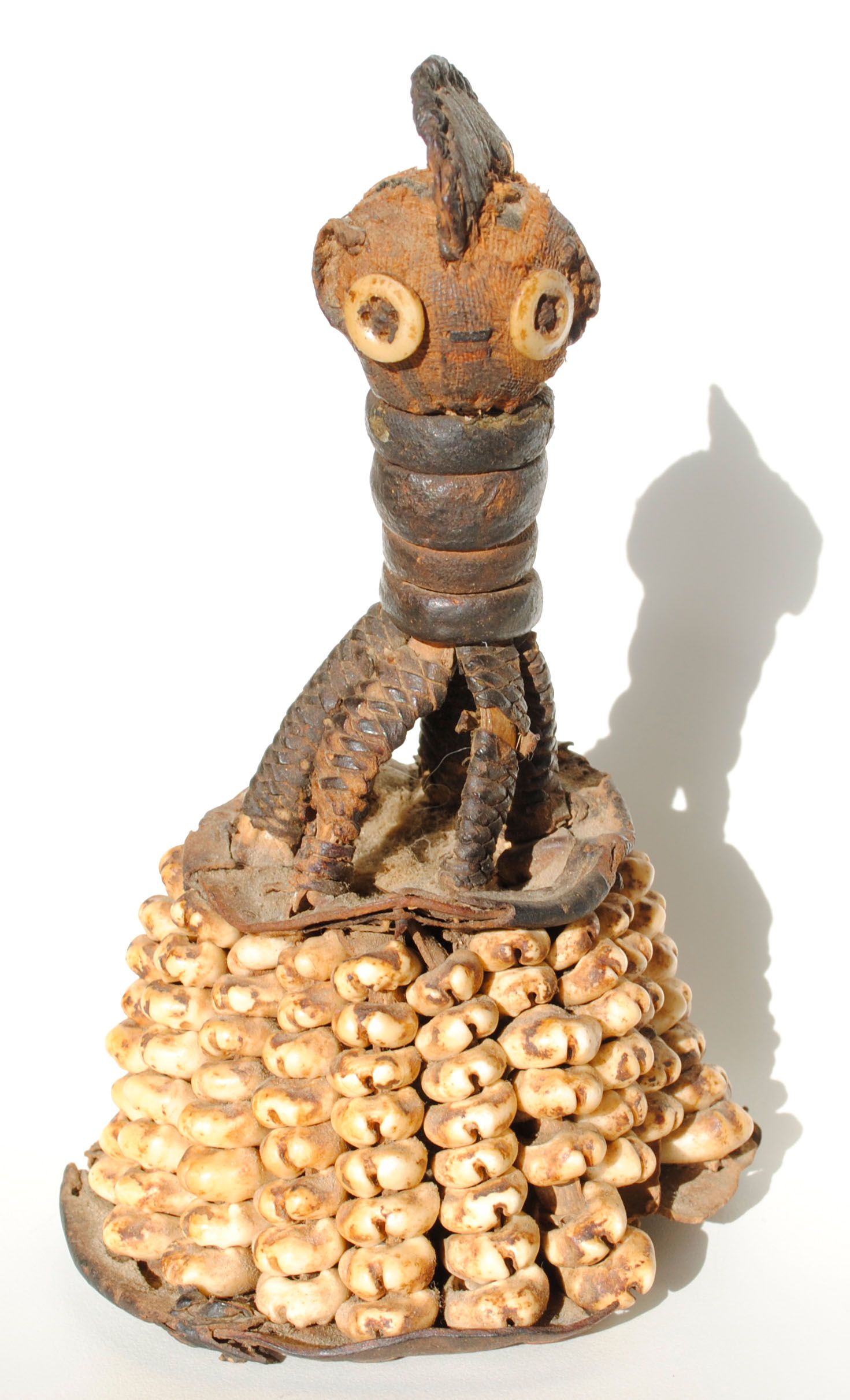
The remarkable quality of liturgical Yoruba is that the words used for invocation also carry meaning that reveals the inner. adaba Dove, sacred to the Spirit of the King of White Cloth (Obàtálá). The dove is the Ifá symbol for peace and tranquility.. either male or female, according to Yoruba. tradition the first born twin is the.
The Mystical World Of Yoruba Symbols And Meanings Unveiling The Sacred
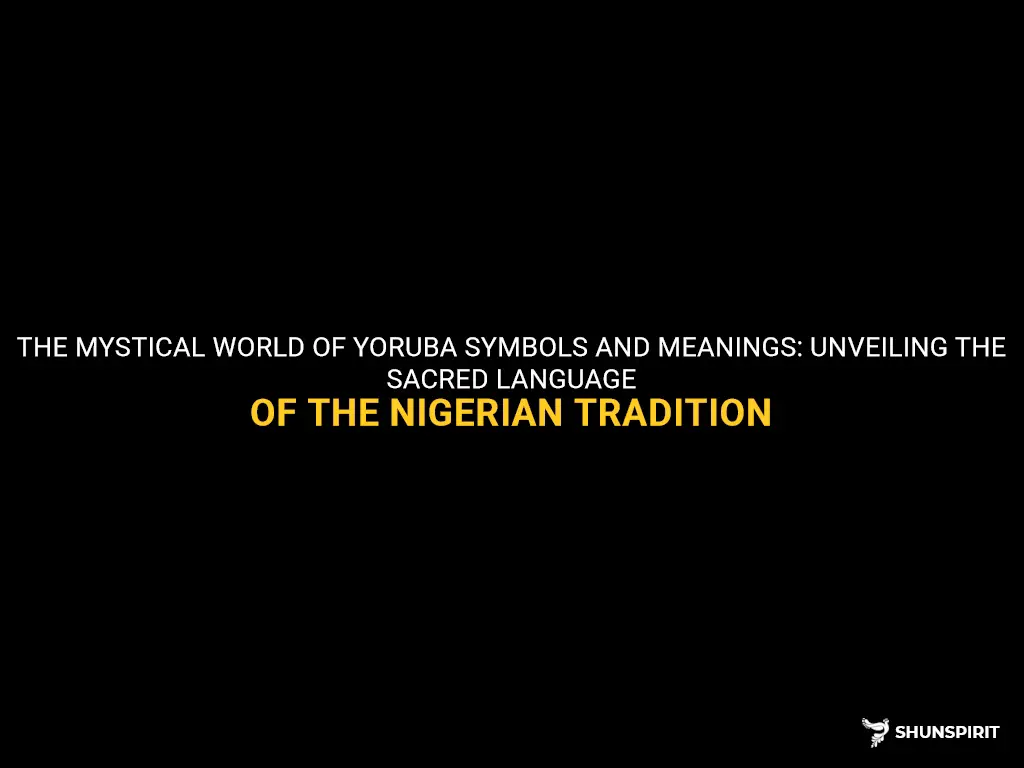
The Oyo Empire was the most powerful of the political groups in Yorubaland, the geographical homeland of the Yoruba people living in present-day Togo, Benin, and Western Nigeria. The empire existed during the same time as the medieval period in Europe and beyond, and it continued into the 19th century. Shango was the fourth Alaafin, or king, of the Oyo Empire, Alaafin being a Yoruba word.
Yorùbá Iron Walking Sticks — Orisha Image
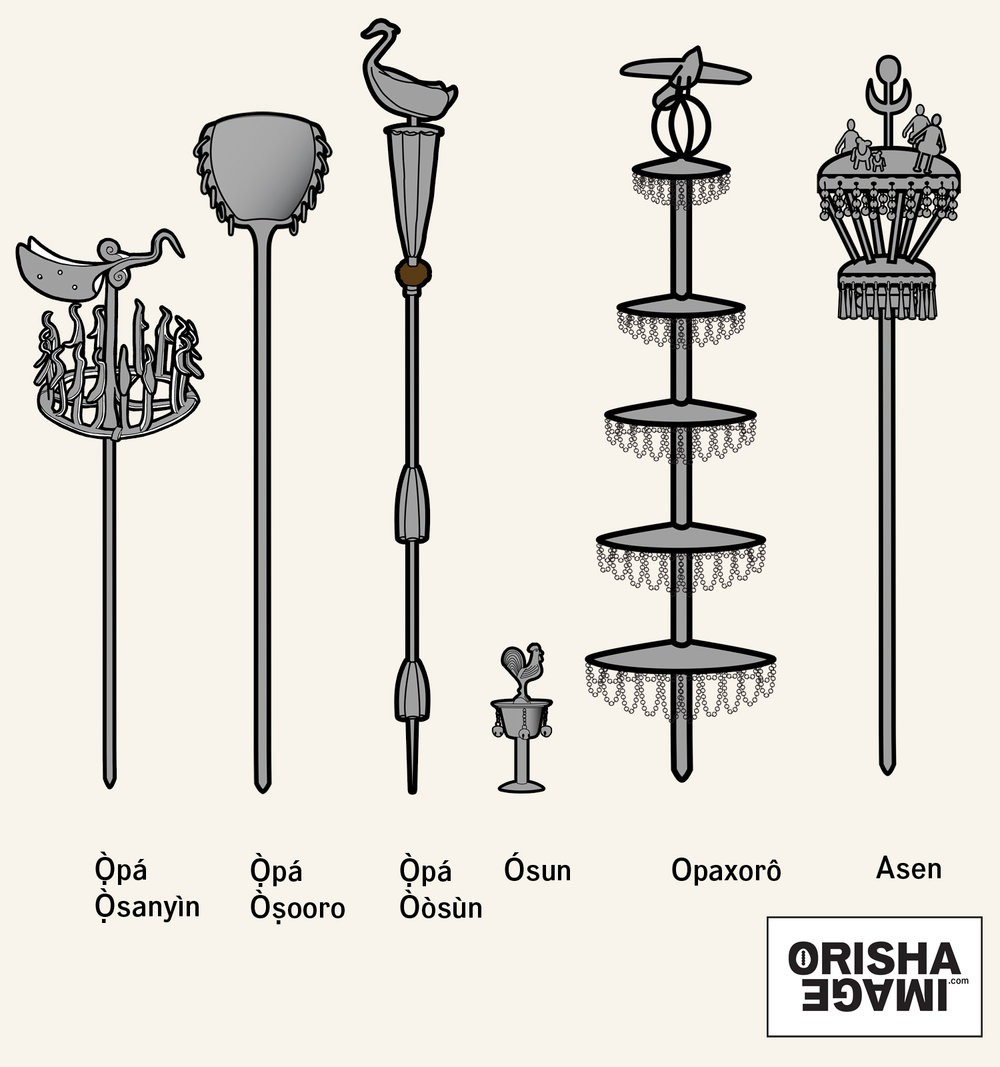
Oya, the African goddess of wind, storms, rain, and Fire, holds a significant place in Yoruba mythology and beyond. Her symbolism reflects the ever-changing and transformative forces of nature and the unpredictability of life. Oya's legacy transcends mythology, inspiring people to embrace change, find inner strength, and navigate life's.
Popular Yoruba Symbols, Rituals, and Ceremonies Symbol Sage
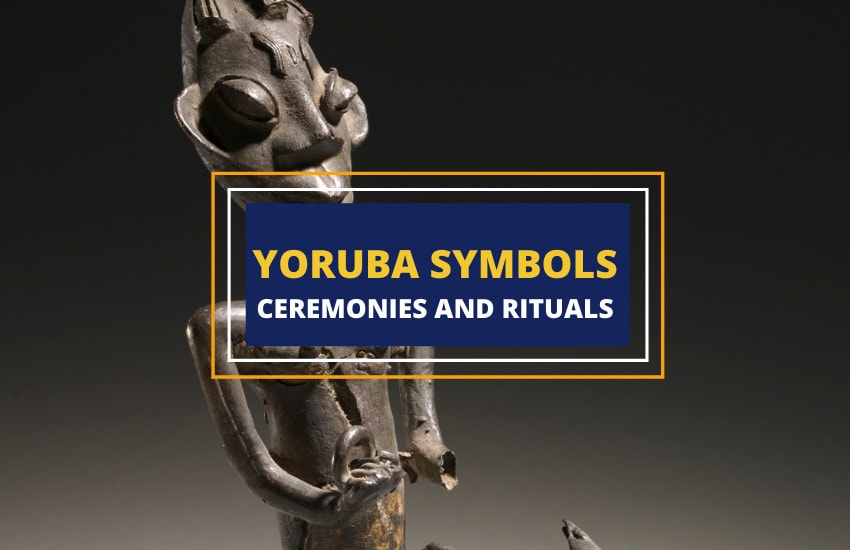
The Yoruba are situated in southwest Nigeria in what is often referred to as Yoruba land. The Yoruba name is a more recent name that came from the Yorubaʼs neighbors, the Hausa. Yoruba in Hausa, literally meant "the people of the kingdom of Oyo," and later was used by missionaries in the 1800s.
The agitations for Oduduwa Republic by the Yoruba Liberation Command is

Oba Lamidi Adeyemi III, the ALAAFIN of OYO. 5. The Benin tribe called the marks "iwu" while the Hausa tribal marks were known as "zube", "yan baka", "doddori" and "bille". The tribal mark well known for the Fulani tribe is the "kalangu". 6. Other Yoruba tribal marks includes; Ture, Mande, Bamu and Jamgbadi, Soju, Jaju.
Résultat de recherche d'images pour "african symbols" African symbols

Oya was an Orisha in Yoruba religion, meaning that she was a spirit sent by one of the three manifestations of the Supreme God, known as Olodumare. She was known by several names in Yoruban mythology including:. Depictions and Symbols of Oya. There are several symbols associated with the goddess Oya, including the sword or the machete, the.
Yoruba flag redesign proposal by zmijugaloma on DeviantArt

symbols embody non-verbal communicative and aesthetic values, as well as the way of life of the people who designed them. The symbols are usually printed on cotton fabric to produce "Adinkra cloths," which. The Yoruba equivalents are Olokun and Yemoja. Aizan Velekhete (Ayizan Avlekete) represents the "female principle." She sits in the.
Descarga gratis Yoruba moderno una introducción concisa a la lengua

In the Yoruba religion, Obatala is a primordial deity, strongly associated with the notions of spiritual purity, wisdom, and ethics. According to myth, he was one of the 16 or 17 first divine spirits that Oludumare sent down to the Earth from the sky, to prepare the world for humans. Divinities from the Yoruba pantheon were usually married to.
Oshun The Yoruba Goddess of Love, Fertility and Water Symbol Sage
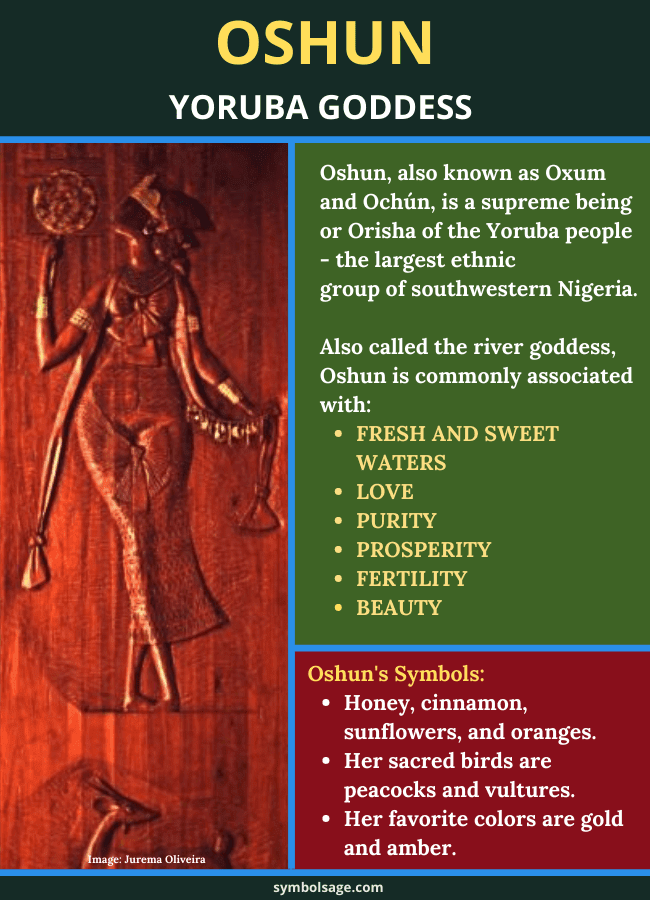
Here are some of the most popular Yoruba symbols: Adinkra - This is one of the most important symbols in Yoruba culture. It represents the unity of the people of the Yoruba tribe. It is often.